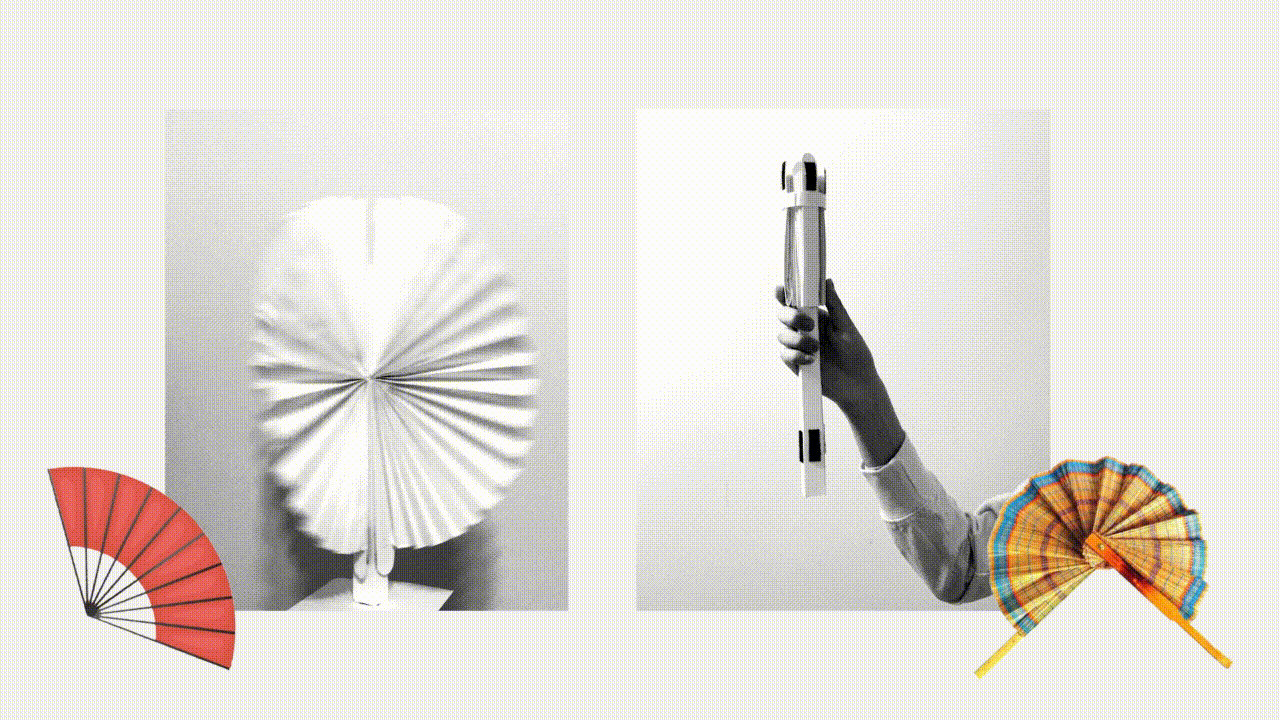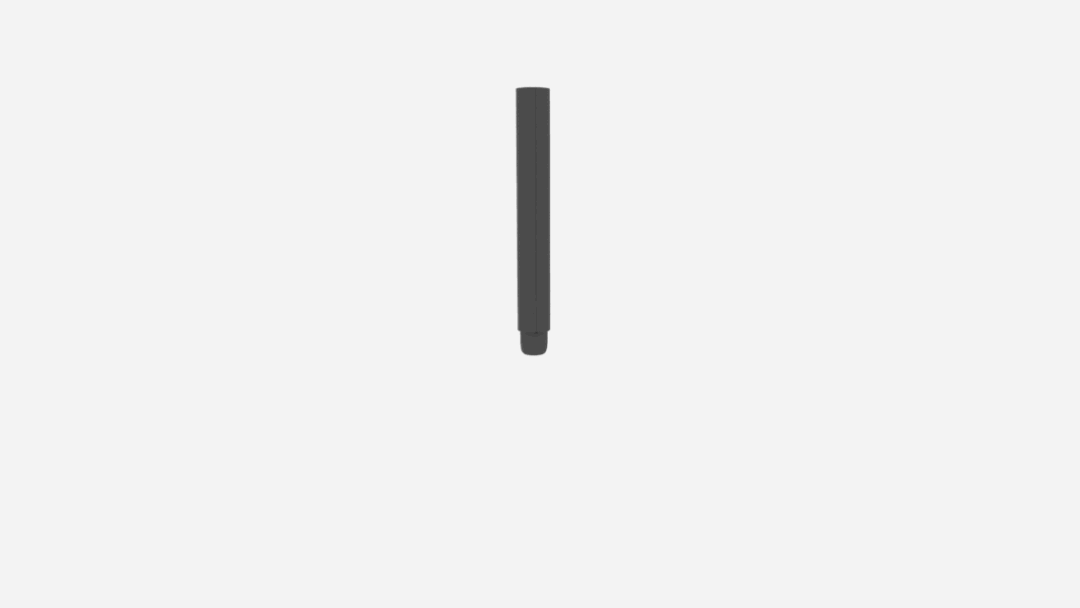VAYU +
DISPLACEMENT TOOL
Designed as a tool for the journey, Vayu + is a (data) collection and mapping system for climate-change related displacement patterns in internally displaced populations.
OVERVIEW
Vayu + is a portable micro-wind turbine with embedded GPS for individual and communal use with the potential for off-grid, renewable energy harvesting. The product tracks population movement, which can be assessed in order to understand the scope of displacement, provide aid, and plan for future disasters.
Outcome
Portable micro-wind turbine
Design for Emergency
Design for Social Impact
Currently being prototyped in Spain
Timeline
January '21 - May '21
My Role
Industrial Design
UX Research and Design
Systems Design
Visual Design
CAD Renders/animation
In Collaboration with
Mary Lempres, Co-designer
Rudy Martinez and Sebastian, NGO Socent Labo
EAPD in Puerto Rico
ESNE in Spain
Advisors
Ignacio Urbina Polo
Vladimir García

Moodboarding: Screenshots from working boards on Milanote

CONTEXT
Every year, natural disasters displace millions of people from their homes. However, humanitarian organizations often lack accurate data to quantify the proportion of people who have been displaced, as well as where these populations ended up after a crisis. As climate change increases the frequency and severity of natural disasters, response organizations require improved data to better understand the dynamics of weather-based displacement.

Design Process for Vayu+
RESEARCH
An example of such variance is the dependence on cellular data as a means for population mapping, as seen in the image below. After conducting research through case studies, user interviews and consulting the stakeholders, we decided to combat the problems of,
-
Connectivity - We cannot accurately gauge and assess population movement after a disaster because cellular data is not always reliable in displacement sites, which are often in previously uninhabited or minimally inhabited sites.
-
Power - Displaced populations are also often left without a source of electrical energy that will allow them to maintain their livelihoods, continue their education or reach family and friends.

Comparing four data sources that use available data for geolocation tracking [2]
IDEATION
The process started with sketching solutions for designing a data collection and mapping system for climate-change related displacement patterns by using Global Positioning Systems (GPS). A portable, collapsable tool that provides the user with clean energy off the grid, some of the ideas discussed were foldable solar panels, mosquito nets, and lighting solutions.
PROTOTYPING
As stage 2, the proposal is currently being prototyped at ESNE in Spain with the possibility that be tested in real world context in collaboration with Socent Labo. In reference to the project proposal and final design outcome, students at ESNE have formed a Miro Board where all updates are monitored by and coordinated with my team.
OUTCOME
The final prototype proposes a micro-wind turbine that will be used throughout the length of displacement (roughly 5-10 years), functioning as a tool for the journey throughout each phase of displacement. Furthermore, the valued product will track population movement, which can be assessed in order to understand the scope of displacement, provide aid, and plan for future disasters,
-
Access to reliable, free and renewable electrical power
-
Tracking population movement following a disaster
-
Understanding macro trends due to the climate crisis
-
On-site aid and services

Energy analysis with arbitrary point in Chad
REFLECTION
As I review the design direction of this project, I learnt how to complete a process of working with the richness of existing cultural examples to create design. Applying a knowledge of color relationships to product design, I experienced how a small accent of color can be a powerful inclusion.
I also realized that not everything should be digitally reproduced, sometimes it takes human handiwork to elevate the aesthetic feel. For example, the radiant halo that was made on Adobe Illustrator may have been more impactful if done by hand using painting or dyeing techniques. This could help incorporate more elements of cultural art and craft to modern day products, and aid in the preservation of overlooked art forms.

Primary Users: Countries near the Equator; it is inhabitants of the tropics who will feel the effects of climate change the soonest, and who will suffer the most.

Comparing four data sources that use available data for geolocation tracking [3]
REFERENCES
[1] Written by Johnny Wood, Senior Writer. “The Cost of the Climate Crisis? 20 Million Homeless Every Year.” World Economic Forum, 6 Dec. 2019, www.weforum.org/agenda/2019/12/extreme-weather-climate-change-displaced/.
[2] Acosta, Rolando J., et al. “Quantifying the Dynamics of Migration after Hurricane Maria in Puerto Rico.” Peas.org, 9 Dec. 2020, www.pnas.org/doi/full/10.1073/pnas.2001671117.
[3] “Clean Energy in Refugee Camps Could Save Millions of Dollars.” The Guardian, Guardian News and Media, 17 Nov. 2015, www.theguardian.com/global-development-professionals-network/2015/nov/17/clean-energy-in-refugee-camps-could-save-millions-of-pounds.


Key Design Considerations
Our primary user will be IDPs (Internally displaced people) due to climate-change related natural disasters, who do not have access to wifi/ cellular data. We will design a tool that can be used throughout the duration of displacement (roughly 5 years). Assessment must be integrated into the design so that the assessment is happening at all times, it is not just stuck into the object. Levels of communication (on and off the grid) within the design as a tool for the journey.

Image Source: Chinadialogue
Micro-wind Turbine
Considering familiar material and motions, we moved forward with conceptualizing a collapsible fan for long term or short term energy harvesting.

Ideation sketches for renewable energy tools
CONCEPT DEVELOPMENT
Points at the base of this vertical axis micro-wind turbine can be used to secure the tower to a base. For example, it could be nailed to infrastructure for permanent use or posted into the earth for semi or temporary use. The materials are designed for disassembly, and utilize locally accessible and printed parts that provides the opportunity for repair, extending the products lifespan and reducing waste. These include filament with 3d printing the prefab with a natural composite and PHA filament but this could be substituted with natural, locally sourced fibers.


Storyboarding: Mapping the product's life cycle from fabrication to usage

Materials: Hemp, flax, wood and bamboo are all cited as candidate blade and tower materials for small turbines

Systems mapping: Data visualization with the potential to reach a larger audience

Form finding

Iterations to the final design
OVERVIEW
Vayu + is a portable micro-wind turbine with embedded GPS for individual and communal use with the potential for off-grid, renewable energy harvesting. The product tracks population movement, which can be assessed in order to understand the scope of displacement, provide aid, and plan for future disasters.
Outcome
Portable micro-wind turbine
Design for Emergency
Design for Social Impact
Currently being prototyped in Spain
Timeline
January '21 - May '21
My Role
Industrial Design
UX Research and Design
Systems Design
Visual Design
CAD Renders/animation
In Collaboration with
Mary Lempres, Co-designer
Rudy Martinez and Sebastian, NGO Socent Labo
EAPD in Puerto Rico
ESNE in Spain
Advisors
Ignacio Urbina Polo
Vladimir García

Opening and closing of the tool

Components from prefab to assembled product

Form trials and specifications

Product maintenance

Locally sourced fabric producing unique pieces

Miro board for check in on updates

Figuring out the specifications

Product in context

Communal use to make each turbine more efficient

"Over the past decade, extreme weather has displaced 20 million people a year" [1]
